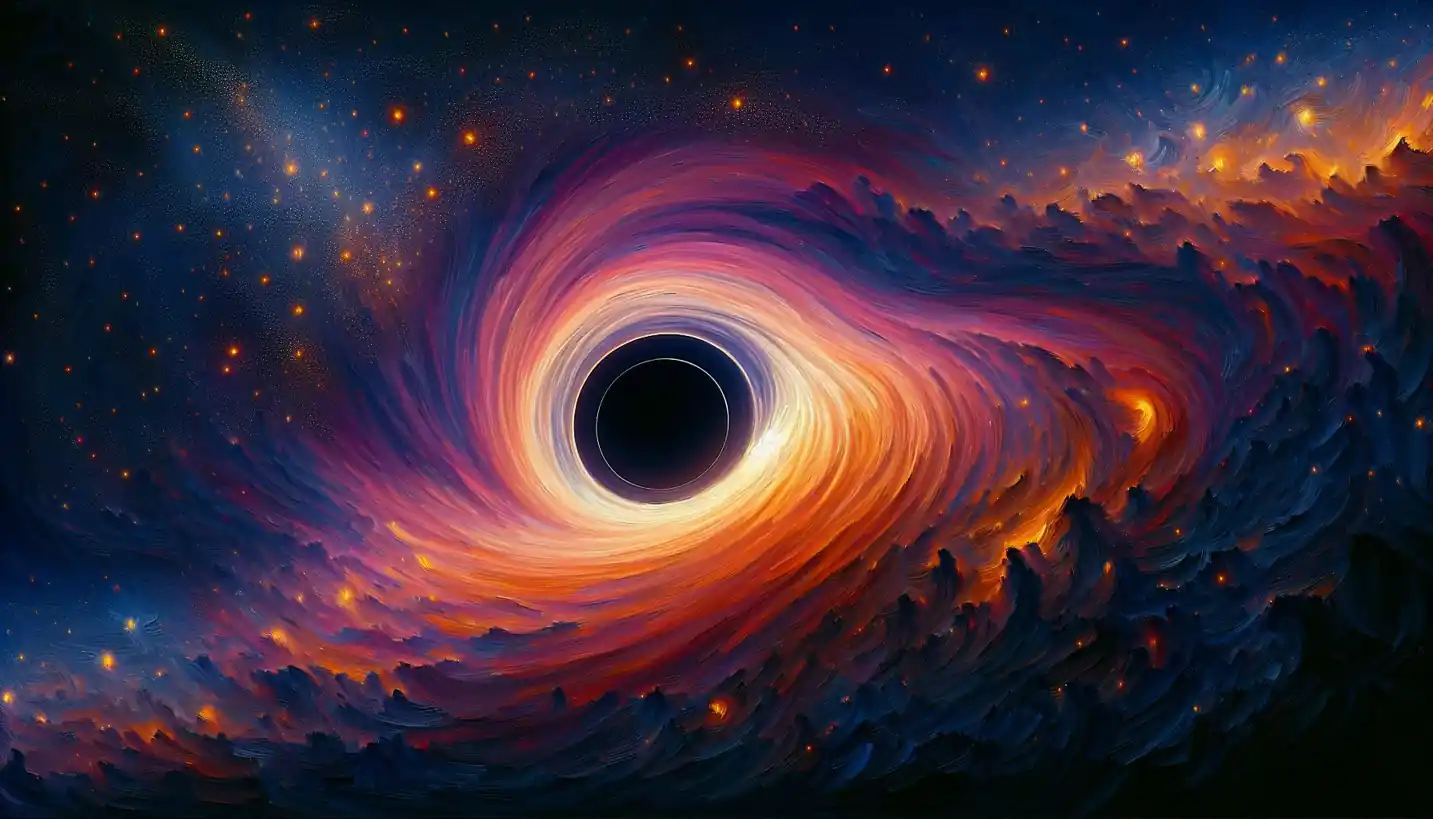· Astronomy · 5 min read
Space Observatories: Unlocking the Mysteries of Ultraviolet Astronomy
Space observatories unlock ultraviolet astronomy's mysteries by peering into the invisible universe. Discover how these observatories expand our cosmic knowledge.

Space observatories play a crucial role in modern astronomy, and their stories are as fascinating as the discoveries they help make. Imagine a team of scientists peering into the invisible world of ultraviolet light, seeking secrets hidden by the cosmos. Ultraviolet (UV) astronomy allows us to explore phenomena that cannot be seen using ordinary telescopes on Earth because Earth’s atmosphere blocks most UV light. Let’s dive into this invisible spectrum and explore how space observatories help us understand the universe.
Why Ultraviolet Astronomy Matters
Ultraviolet light sits between visible light and X-rays on the electromagnetic spectrum. While it can’t be seen by the naked eye, UV light reveals a different universe that can offer insights into hot, energetic processes happening in space. From the blistering surfaces of young stars to the intricate behaviors of galaxies and black holes, ultraviolet astronomy is key to understanding these dynamic celestial events.
Space Observatories and Their Unique Role
Unlike optical telescopes, which can be grounded on Earth, UV telescopes have to be positioned beyond our atmosphere. Earth’s protective shroud, which blocks harmful UV rays from reaching the surface—fortunately for us—also prevents ground-based observations of UV light. This is why space observatories like the Hubble Space Telescope are essential. These instruments orbit Earth, high above the atmosphere, capturing UV images and data that would otherwise remain hidden.
A Brief History: From Sounding Rockets to Satellites
The journey into ultraviolet astronomy began with simple sounding rockets in the mid-20th century. These rockets provided short bursts of data collection by briefly escaping the Earth’s atmosphere. Although limited, they offered tantalizing glimpses of what ultraviolet astronomy could reveal.
Then came missions like the International Ultraviolet Explorer (IUE), launched in 1978. This satellite marked a significant leap forward, offering more extended missions and allowing astronomers to study UV spectra and phenomena like never before. The IUE provided data for two decades, fueling countless discoveries.
Notable Space Observatories in Ultraviolet Astronomy
The Hubble Space Telescope, launched in 1990, is perhaps the most famous observational tool in ultraviolet astronomy. Its UV cameras have captured raw data about everything from star formation to supernovae.
Another noteworthy observatory is the Galaxy Evolution Explorer (GALEX), designed specifically for UV studies. GALEX provided a broad map of the sky in ultraviolet light, documenting over a billion galaxies and offering foundational insights into cosmic evolution.
Most recently, the James Webb Space Telescope (JWST) was launched with capabilities that extend into the near-infrared but still provide vital data on UV sources, broadening the horizons of our understanding.
Discoveries Made Possible by Ultraviolet Astronomy
Through UV astronomy, we’ve delved into some incredible discoveries. For instance, ultraviolet light allows scientists to study the life cycle of stars, revealing how they are born and how they die. By examining the UV radiation from intense stellar winds, researchers can decipher clues about star formation and the surrounding interstellar environment.
UV astronomy has also been essential in studying the atmospheres of planets within and beyond our solar system. By analyzing how UV light interacts with planetary atmospheres, we learn about their composition and potential habitability.
Future Prospects and Challenges
As technology advances, the potential for UV astronomy continues to grow. Future missions are looking to explore even further into the ultraviolet spectrum. Telescopes equipped with more sensitive instruments might answer some of the universe’s biggest questions about dark matter, black holes, and the origins of galaxies.
However, sending observatories into space is neither easy nor cheap. The challenges of developing, testing, launching, and maintaining space telescopes are immense. These missions require international collaboration and an enormous investment of time, expertise, and resources.
The Significance of UV Astronomy in Our Lives
While it might seem that ultraviolet astronomy is esoteric and distant from everyday life, its significance cannot be overstated. Understanding the universe helps put our existence into perspective and fosters a sense of curiosity and exploration. UV discoveries impact fields such as climate science and help in developing technologies like satellite communications and medical imaging.
The unpredictable nature of scientific discovery means that each new piece of data adds to our tapestry of knowledge, connecting the dots about our universe. Scientists hope to unlock new principles of physics that might one day influence technology or lead to breakthroughs we haven’t yet imagined.
Conclusion
Space observatories and ultraviolet astronomy are at the forefront of exploring the unknown. They not only shed light on what’s beyond the visible but continually reshape our understanding of the cosmos. From mapping galaxies to uncovering the processes behind star formation, UV astronomy remains a vital piece of the puzzle in our quest to comprehend the universe. As new missions look to the future, there’s no telling what astounding revelations await.
By gazing into the ultraviolet, we harness the power to explore mysteries once hidden from view, opening doors to new knowledge and endless possibilities. So, when you next look up at the night sky, remember that there’s more than meets the eye, and it’s those unseen wonders that might just hold the secrets of the cosmos.


